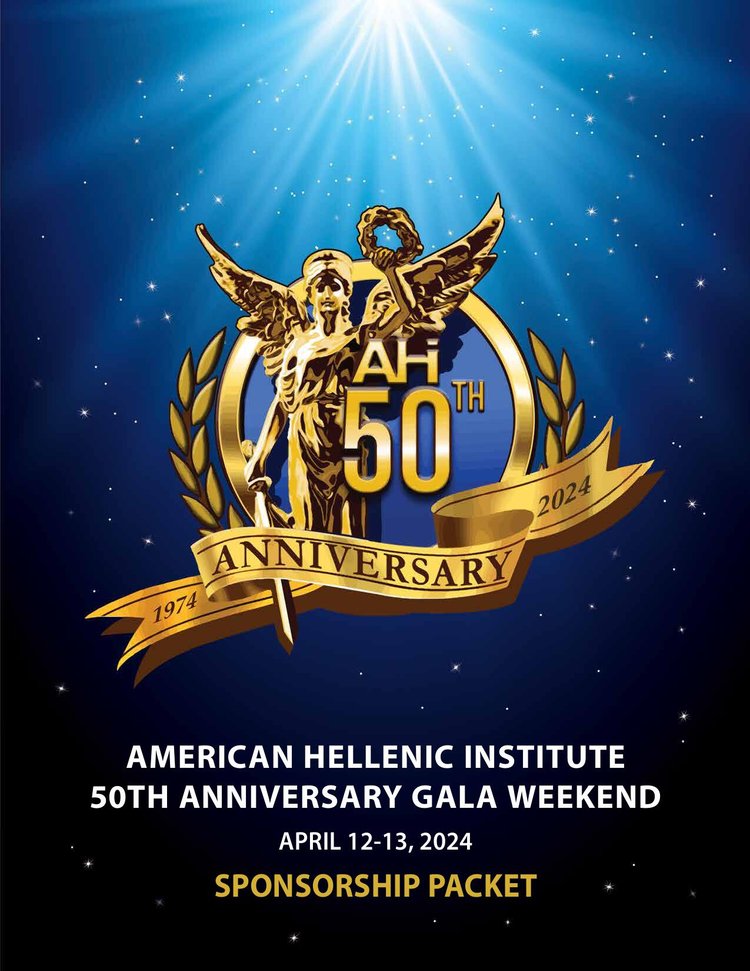Closing Time
Posted by Constantine Kolitsas at 15 May, at 15 : 41 PM Print
By Constantine N. Kolitsas, Consultant
I had a client that was an absentee owner and was struggling to understand why sales in his restaurant had declined over ten percent year-over-year. He blamed it on a change of manager (an easy excuse), and, to some extent, that was true. But the real reason wasn’t so much because customers missed the old manager (which was the prevailing theory), but because the old manager (let’s call him Evan) honored the restaurant’s hours of operations, and in more ways than one.
In all fairness, the new manager (let’s call him “Johnny”) didn’t necessarily lock the door an hour early. If the sign said that the restaurant was open until 10PM, he would keep the restaurant open until 10PM (at least at first). Pressured to control labor, and finding that there was no one to challenge him, he did what many other managers allow themselves to do – start “pre-closing” as soon as the big rush is over. Now, there are ways to do a pre-close that don’t jeopardize your business, and there are ways to pre-close that precipitate a premature closure on a business-sized scale. Stocking the kitchen and cleaning stations in the kitchen (while still serving from those stations) as soon as the business volume permits is a smart and efficient management of labor and time. Putting up chairs in the bar isn’t.
I’m not sure if it was Johnny’s direction or that he allowed the servers to set the tone, but by the time I arrived on the scene, the closing hours had been cut back from 10PM to 9PM and on early week days, the last of the staff would be out the door at 9:01.
“People don’t go out late anymore,” I was told. “It’s just a waste of money to stay open.”
There were some nights that the place was vacated at 8:45.
It was immediately obvious to me that Johnny was the problem and within a few weeks of my arriving, he was gone. The habits he had allowed to develop (best case) or encouraged (worst case) were many, and we’ve all seen them before: tables that were re-set as soon as guests departed were now left unset, music would be turned off, lights would be raised, the kitchen would mysteriously be out of items (menu items from whole stations would suddenly be unavailable), the cappuccino machine would be “out of order” and no one could make a complicated drink because the bartender was cut early (she wanted to be out the door as soon as her last bar guest left).
Furthermore, guests that arrived after 8PM would feel that they were unwelcome within seconds of entering the establishment. The host stand would be abandoned and they would have to wait at the door until someone got around to seating them. And, when finally greeted, the demeanors of the host, the server and the manager would be palpably different than if they arrived thirty minutes earlier. This was even reflected in the staff’s body language. Once the order was taken, courses would arrive in rapid fire succession as if they were on some kind of speed eating competition.
When I engage with client at that level, I always make sure to give the manager a night or two off and manage those shifts myself so I can see exactly what’s happening on a daily basis without the “dog-and-pony show” that most managers put on when they know they’re being evaluated. On one of those nights a very lovely couple came in at 8:15 and asked if it was okay for them to have dinner. “Of course,” I told them. “Our kitchen doesn’t close until 9PM.”
“We promise to be out by then,” they quickly replied. Somewhat taken aback, I made sure to let them know that we wanted them to stay as long as they liked so that they could enjoy their meal and their experience. “Really?,” came the response, “we work until 7:00 and by the time we shower and get out it’s hard for us to be here by 8 and we know you like to be out of here by closing time.”
Through Johnny and his staff’s actions, the customer had been conditioned to go elsewhere if they couldn’t make it to the restaurant within an hour of closing. Of course I kept them there until 10:00, suggesting dessert and cappuccino and buying them an after dinner drink. The staff wasn’t happy, but I had to start to set the tone for how to win back control of the restaurant’s clock.
With Johnny gone, I worked with his replacement (let’s call him Edward) to reinstate the restaurant’s original hours. “But we only get one or two tables after 9:00” was Edward’s concern. What he didn’t understand, and what I explained to him, the owner and the entire staff, is that if you close at 9, you are telling your customers not to come in after 8. And if you want customers to come in at 8 you need to stay open until 10.
Even more important for me to stress was that your early diners are your lowest checks – these are people that are either at the restaurant just to fill their bellies for their nightly meal or are stopping on their way somewhere else. In either case, they are not going to order lots of extras. Your 8PM diner, on the other hand, is not going anywhere else (at least not in the suburbs). Your restaurant is their destination. And odds are that they are there on a date, or are otherwise looking to spend time relaxing in each other’s company. These are the guests that order a bottle of wine. These are the guests that automatically order appetizers without the server having to pitch them. These are the guests that are spending big on the expensive entrees and following up with coffee, dessert and digestifs.
Looking through the restaurant’s data from a year or two earlier, when Evan was manager, I could see the disparity in per person averages between tickets opened at the 6PM hour and tickets opened at the 8PM hour. Typically, late diners were spending 30-40% more! So, not only did Johnny succeed in chasing off 20 customer each night, he also succeeded in chasing off the best customers. And that 10% sales decline that everyone attributed to Evan’s personality was, in the end, attributable to Johnny’s rush to get home thirty minutes earlier each night.
Constantine N. Kolitsas is a restaurant consultant living in the New York tri-state area. His company, CNK Consulting, has helped numerous businesses improve their operations, develop their concepts, and increase profitability. For more information visit cnk-consulting.com or call 1-888-869-6068.
Related Posts
-

23 February at 11 : 27 AM 0
Grecian Delight | Kronos Foods launch integrated website
-

22 May at 13 : 55 PM 0
Θλίψη για τον θάνατο του επιχειρηματία, ευεργέτη και αγωνιστή Ευριπίδη Κόντου
















